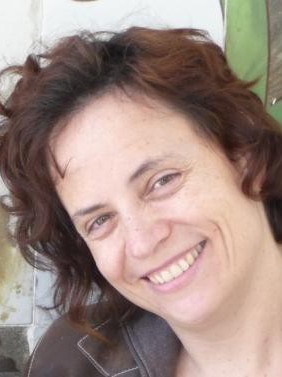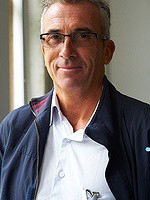resumo
BACKGROUND This work is focused on phosphorus (P) recovery from the anaerobically digested organic fraction of municipal solid waste (referred to as 'digestate') as a fertilizer. The main purpose was to propose and test modifications to the electrodialytic process that increase P extraction, improve the quality of the fertilizer by removing contaminants, and reduce hydraulic retention time to allow for smaller system footprints. Strategies tested were: (i) lowering the pH of the digestate suspension to <4.5 using the electrochemical reactions and enhance P solubilization from the waste; (ii) changing the configuration of the electrodialytic cell from three to two chambers; and (iii) stirring the sample to shorten the duration of the extraction. RESULTS Results show that the acidification of digestate by the electrochemical reactions was effective to enhance P extraction yield. Three-chamber electrodialytic experiments enabled the removal of heavy metals from the digestate, producing P-rich solutions with low metal concentrations. This resulted in the production of high-quality fertilizer which can be used for agricultural applications. The modification of the electrodialytic cell set-up from three- to two-chamber neither resulted in an increase of the P extraction yields, nor contributed to the removal of metals from the liquid phase of digestate. Reduction of the hydraulic retention time of electrodialytic extraction of P from 16 days to 9 days was attained by the use of stirring and by electrodialytic acidification. CONCLUSIONS An increase of P recovery was accomplished by modification of electrodialytic extraction, resulting in 90% of P being successfully extracted from the digestate and transformed into struvite. (c) 2019 Society of Chemical Industry
palavras-chave
SEWAGE-SLUDGE; HEAVY-METALS; GASIFICATION; INCINERATION; EXTRACTION; ASH
categoria
Biotechnology & Applied Microbiology; Chemistry; Engineering
autores
Oliveira, V; Dias-Ferreira, C; Labrincha, J; Rocha, JL; Kirkelund, GM
nossos autores
agradecimentos
The authors would like to thank Sabrina Hvid for carrying out ICP analyses. This work was funded by Portuguese National Funds through FCT - Portuguese Foundation for Science and Technology under CERNAS (UID/AMB/00681/2013). Celia Dias-Ferreira and Veronica Oliveira were funded through FCT 'Fundacao para a Ciencia e para a Tecnologia' by POCH - Programa Operacional Capital Humano within ESF - European Social Fund and by national funds from MCTES (SFRH/BPD/100717/2014; SFRH/BD/115312/2016). Joana L. Rocha was funded by project 0340-SYMBIOSIS-3-E co-funded by FEDER 'Fundo Europeu de Desenvolvimento Regional' through Interreg V-A Espana-Portugal (POCTEP) 2014-2020.




